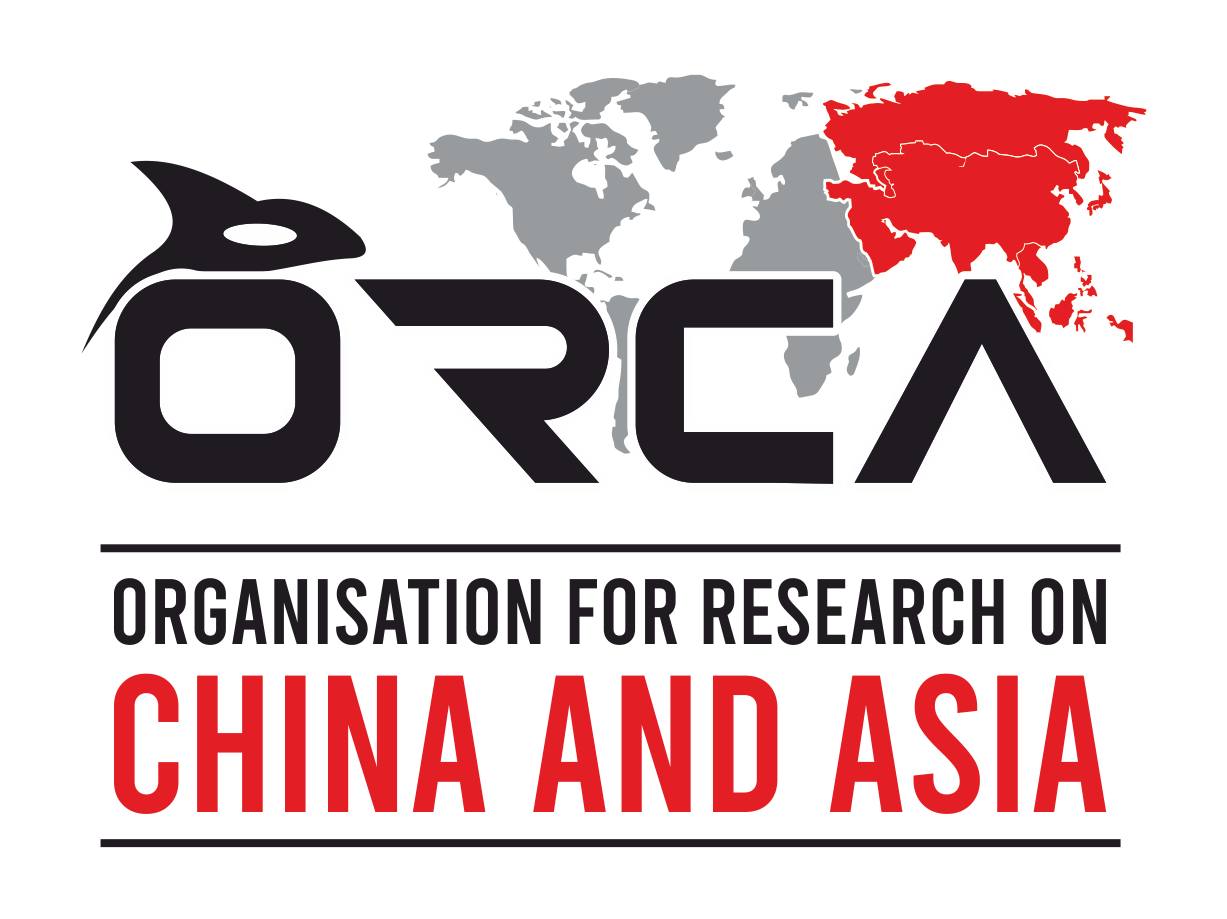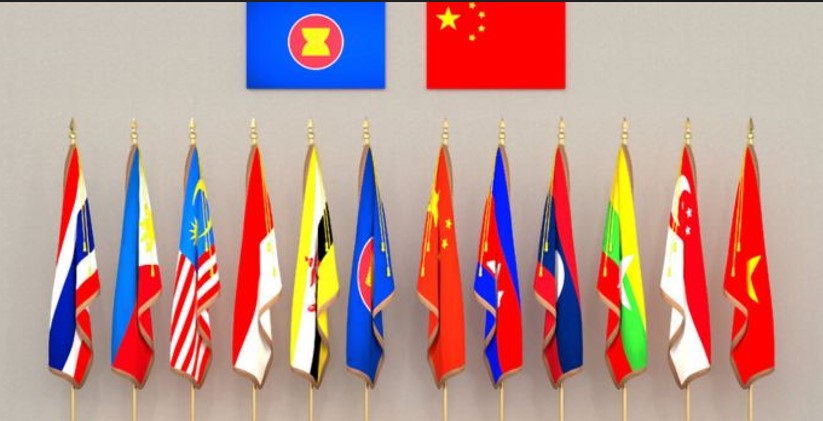President Xi Jinping’s recent visit to Southeast Asia —his first overseas trip of 2025 — was marked by a renewed push to advance the narrative of “safeguarding Asian family”. This was a discursive move to counter escalating US strategic pressure and to reinforce support for China-led regional order. Although the trope of ‘Asia for Asians’ has long been a part of China’s foreign policy architecture, notably exemplified in Foreign Minister Wang Yi’s 2023 invocation of an anti-western, Asian race-based alliance, the current wave of economic protectionism in the West has offered an opportunity for China to advance its vision for pan-Asian solidarity.
China’s engagement in Asia over the past decade has not merely been a function of infrastructural outreach through the Belt and Road Initiative (BRI) and Maritime Silk Road (MSR); it reflects a broader attempt to reshape Asia under Chinese leadership. In recent times, these efforts are further supported by building bilateral dependencies and promoting cross-regional camaraderie such as the recent summit between China, Association for South East Asian Nations (ASEAN) and Gulf Cooperation Council (GCC) countries, as well as ideating an alternative Asian order as a part of its three global initiatives - the Global Development Initiative, Global Security Initiative, and Global Civilization Initiative
At the heart of this strategic agenda lies China’s ambition to position itself as a reliable and predictable partner in times of global uncertainties, often at the expense of the US as well as other regional powers such as India and Japan. Owing to current tariff pressure from the US, the urgent focus of Beijing’s Asian outreach remains on securing economic interests which includes de-risking of supply chains and market access. However, considering China’s deepening engagements with Asian countries beyond economic cooperation, it begs the question about China’s instruments to build pan-Asian solidarity under its own leadership. Further, what challenges do China’s narratives and actions towards Asian countries face under this emerging framework?
ASEAN as Primary Partner
Southeast Asia has emerged as one of the most integrated regions with China in economic, diplomatic and normative domains. Economically, China-ASEAN trade nearly reached 1 trillion US Dollars, with a robust Free Trade Agreement (FTA) in place that now also includes cooperation in emerging fields like digital and green economy along with strengthened supply chain connectivity. Moreover, except Philippines, other ASEAN countries have been major beneficiaries of BRI that allow cross-border flow of capital, data and talent – albeit with negative externalities such as debt concerns, environmental degradation, local unrests and growing dependence on Chinese investments. At the diplomatic level, China has elevated partnerships with Vietnam, Cambodia, Malaysia and Indonesia to the status of ‘building a community with a shared future for mankind’, signalling a normative deepening of bilateral ties. Similarly, at least in rhetoric, China upholds ASEAN centrality and multilateralism grounded in the United Nations Charter - positions that resonate with many Southeast Asian governments. These alignments were achieved despite longstanding South China Sea sovereignty issues as well as the stronger US presence in the region.
Building on these linkages, Chinese domestic discourse in the state media suggests that it aims to promote the ‘China-ASEAN+’ framework which offers China broader credibility as well as institutional support to integrate other sub-regions in Asia. Building on an existing China-ASEAN+ model in East Asia through the Regional Comprehensive Economic Partnership (RCEP) and East Asia Summit, China aims to achieve a similar level of integration with the rest of the Asian continent. In this regard, the China-ASEAN+ model can help China navigate pushback received for its bilateral engagements, which is caused by multiple factors such as its economic coercion, lack of reciprocity in trade as well as territorial disputes with some neighbouring countries.
Institutionalizing Cross-Regional Collaboration
To alleviate these limitations, China has attempted to build supraregional frameworks within Asia at the institutional level through summitry and forums. The latest example of this is the inaugural China-ASEAN-GCC Summit held in Malaysia, which Premier Li Qiang described as “a groundbreaking initiative in regional economic cooperation”. The joint statement of the summit talks about economic integration, including a trilateral free trade zone. However, China’s failure to secure an FTA at the bilateral level with GCC for over two decades underscores the differing levels of its involvements which is a major structural obstacle in any cross-regional cooperation. Similarly, in regions which are still less integrated or institutionalized than others such as South Asia, China is forging new minilaterals under a shared agenda – evident from its recent meetings with Pakistan-Afghanistan and Pakistan-Bangladesh. Nonetheless, while the success of these new trilateral settings remains to be seen, at the least, they serve as an indicator of China’s strategy of building institutional linkages to integrate different Asian sub-regions.
In addition to such direct engagements, China has also enabled collaboration with more Asian countries through other multilateral groupings that China aims to build as alternatives to Western order. For instance, BRICS was recently expanded to include Iran, Indonesia and UAE as full members with other countries like Malaysia, Thailand, Vietnam, Kazakhstan and Uzbekistan were added as partner countries. This offers China another institutional platform to engage with these countries to deepen their alignments with its own norms and interests.
Furthermore, going beyond traditional avenues of cooperation, China is also doubling down on its technological advancements to claim leadership position in Asia. For instance, China is engaged in cross-regional collaboration in specific fields such as the one on Central Bank Digital Currency which saw collaboration between China, UAE and Thailand under the m-Bridge project. Such collaborations reflect China’s pursuit to cultivate dependencies across regions. by institutionalizing its engagements.
Constraints on China’s Leadership Aspirations
Despite these efforts, China’s path to Asian leadership is not linear due to inherent challenges in its outreach as well as counterbalancing strategies adopted by other powers. One of the major challenges is USA’s deep engagements with Asian countries pertaining to different fields. Its security alliances with West and East Asian countries along with its deep pockets in South and Southeast Asia impede Chinese advancements despite Beijing’s economic clout. In this regard, China presents itself as a protector of free and open trade against growing protectionism of the West. However, China’s own trade practices such as dumping of cheaper goods in Asian markets to tackle its overcapacity problem or restricting market access to certain countries have weakened its case as a reliable economic partner.
Secondly, besides its own opposing interests with many of its neighbouring countries, China’s limited ability to manage divergent interests between other Asian countries also tests China’s resolve to lead Asia. For instance, lack of diplomatic clout to manage differences between India and Pakistan at Shanghai Cooperation Organisation or to navigate conflicting interests amidst West Asian geopolitical instability complicate Chinese actions in these regions.
Thirdly, it is an uphill task for China to cultivate a pan-Asian leadership given unique predicament in each sub-region with regards to geopolitical dynamics, developmental needs and security concerns. In fact, the US-led security framework in East Asia or strong Indian pushback against its actions in South Asia have already limited China’s ambitions to turn presence into a substantive cooperation framework in these regions. Thus, given these challenges, China’s Asian family vision is likely to remain limited to ideational stage until it succeeds in building a robust bilateral cooperation architecture with Asian sub-regions.
China’s playbook to tackle these headwinds involves doubling down on offering economic gains while gradually expanding its involvement in other domains. These interest-driven engagements are also complemented by value-based alignments such as free trade, true multilateralism and in particular for Asia, an idea of the Asian family with Chinese characteristics. However, the normative appeal of these values persists only until China’s interests are secured in the given strategic realities, or else, merely serve as diplomatic rhetorics for China. Thus, whether its attempts at building Asian unity under its own leadership yield any results or not, will largely determine the future of China’s regional diplomacy in Asia.
Image Source: Global Times



Author
Omkar Bhole
Omkar Bhole is a Senior Research Associate at the Organisation for Research on China and Asia (ORCA). He has studied Chinese language up to HSK4 and completed Masters in China Studies from Somaiya University, Mumbai. He has previously worked as a Chinese language instructor in Mumbai and Pune. His research interests are India’s neighbourhood policy, China’s foreign policy in South Asia, economic transformation and current dynamics of Chinese economy and its domestic politics. He was previously associated with the Institute of Chinese Studies (ICS) and What China Reads. He has also presented papers at several conferences on China. Omkar is currently working on understanding China’s Digital Yuan initiative and its implications for the South Asian region including India. He can be reached at [email protected] and @bhole_omkar on Twitter.